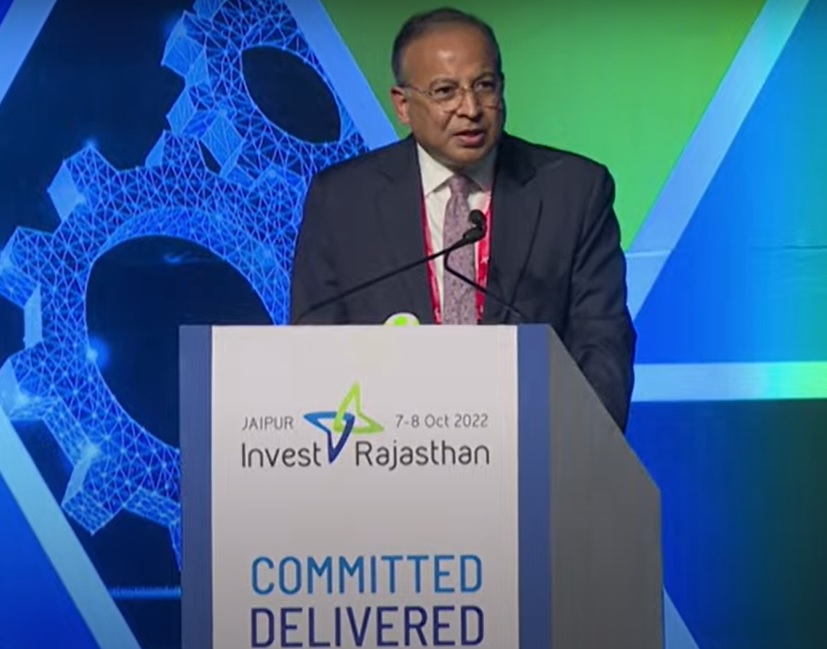By : Md. Ayub Khan
Post reform Indian financial system has seen a tremendous change. These reforms encouraged many private and foreign banks to enter into the market, which has led to overall increase in efficiency and productivity.
Indian Banking sector comprises of Public sector bank, Private sector bank, Foreign Banks. Currently the sector is dominated by Public sector banks. With stronger industrial recovery and growth Private Sector Banks have performed much better in terms of ROA.
Indian Capital market has made a significant progress over the last decades. SEBI the regulatory authority of Indian Capital Market has brought in many positive changes leading to multidimensional developments of the capital market in terms of accessibility, regulatory framework, market infrastructure, transparency, liquidity and the types of instruments. The three main indicators of Indian Capital market BSE 500, Sensex and Nifty has shown the upward trend after the turmoil of 2008 recession.
Mutual fund industry plays important role in the resource mobilization. They offer schemes across various asset classes of equity debt and gold. The chart given below indicates the movement of Asset under management (AUM) over the years.
The Indian insurance sector has undergone a major transformation over the past decade and has evolved into considerably competitive segment. A growing middle-class income, rising income level, increasing awareness about insurance, higher investment and infrastructure investing has laid the strong foundation to expand insurance market in India. The data of IRDA shows increase in Insurance penetration (percentage of premium to GDP) over the years. The chart given below gives the growth in Insurance penetration and density in India.
Investing in India: The Entry routes
Foreign Direct Investment (FDI):
The objective of India’s foreign Direct Investment (FDI) policy is to invite and encourage foreign investments in India. Since 1991 the guidelines and the regulatory process has been substantially simplified to facilitate foreign investment in India. The FDI investment in the India is classified in two groups; one the sectors in which FDI is prohibited and second in which FDI is permitted. For the sectors in which FDI is permitted there are two routes of investment. The automatic route where no government approval is required, virtually all sectors or activities except very few come under the automatic route. The other route is through prior approval from Foreign investment Promotion Board (FIPB), which is required for the investments not qualify the automatic route.
Indian companies can issue equity shares, fully compulsorily & mandatorily convertible debenture (FCDs) and compulsorily mandatorily preference shares (CCPS) to the non-residents subject to pricing guideline/ valuation norms prescribed by FEMA. Below is given the table of the sectors where FDI is permitted.
Sectors |
Percentage of FDI Allowed |
| Automotive Industry | 100% |
| Mining & Metal | 100% |
| Oil & Gas | 100% |
| Port | 100% |
| Power | 100% |
| Real Estate | 100% |
| Retail & Consumer products | 100% |
| Roads & Highways | 100% |
| Telecommunication | 100% |
| Defense Sector | 26% |
| Commodity Market | 26% |
| Insurance | 26% |
| Private Banks | 20% |
Foreign Institutional Investors (FII)
FII registered with SEBI are allowed to invest in India. Foreign pension funds, mutual funds, investment trusts, AMCs, Insurance or Re-insurance companies, nominee companies & incorporated/ institutional portfolio managers are allowed to register as FIIs. Certain limits are prescribed, no restriction to investment by FII through offshore funds, GDRs or Euro convertible bonds.
Foreign Venture Capital Investments (FVCI)
SEBI registered FVCI with specific approval from RBI can invest in Indian venture Capital Undertaking (IVCU) or Indian venture Capital Fund (IVCF) or in a scheme floated by such IVFCs, subject to VCFs should also be registered with SEBI. FVCI can purchase equity/ equity linked instruments, debt/ debt instruments, the debentures of IVCU or of VCF, through an IPO or private placement in units of schemes/ Funds set up by a VCF.






0 Comments